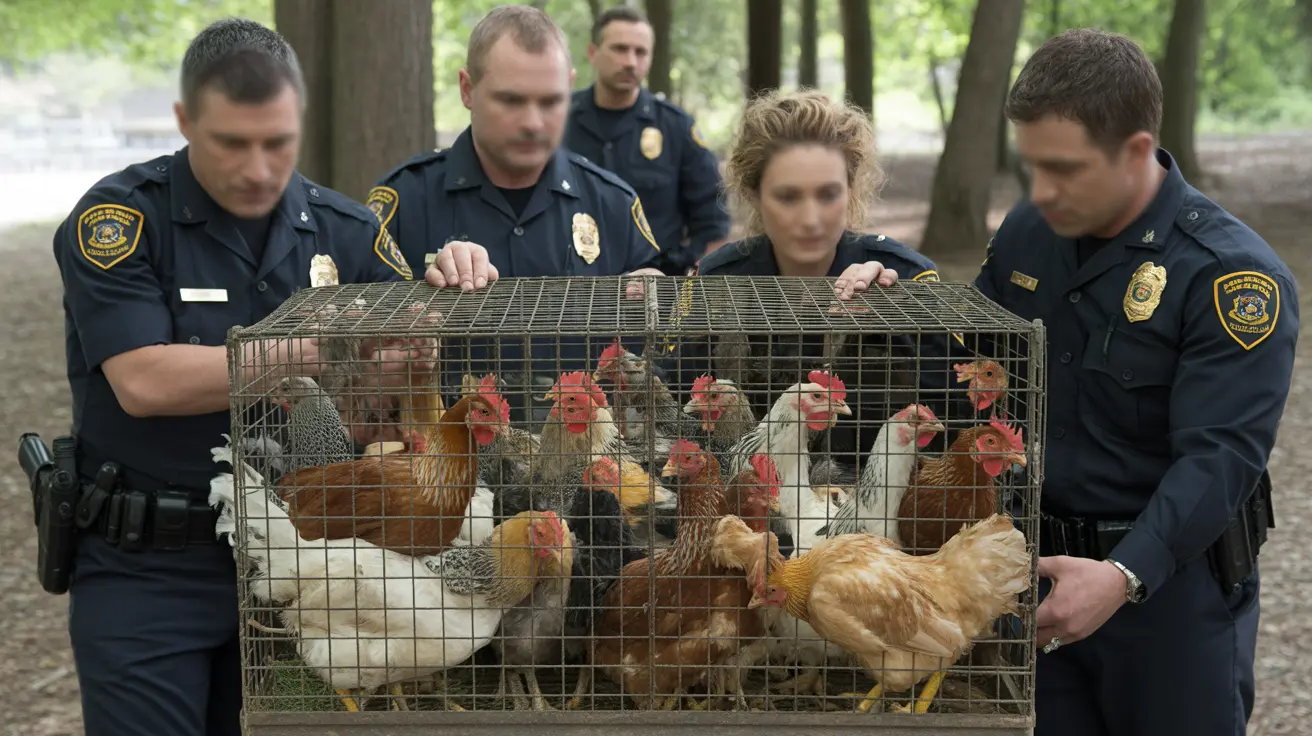A concerning case of animal hoarding has come to light in Northport as authorities discovered more than 200 animals living in overcrowded conditions, leading to multiple misdemeanor animal cruelty charges against resident Samantha Boyd. This incident highlights the critical importance of recognizing animal hoarding signs before situations escalate to dangerous levels for both animals and humans.
The case, which has drawn attention to Suffolk County's ongoing efforts to combat animal cruelty, represents one of the larger-scale animal hoarding incidents encountered by local authorities. The discovery underscores the complex nature of animal hoarding cases and their impact on community welfare.
Understanding Animal Hoarding Effects
Animal hoarding situations create severe consequences for both the animals and humans involved. In overcrowded conditions, animals typically suffer from inadequate care, poor sanitation, and limited access to basic necessities. These environments can lead to the spread of diseases, psychological trauma, and severe neglect among the affected animals.
Animal Neglect Symptoms
- Overcrowded living conditions
- Poor sanitation and strong odors
- Visible signs of animal malnutrition
- Inadequate access to food, water, and veterinary care
Legal Consequences and Intervention
Under animal cruelty laws in New York, individuals found guilty of animal hoarding face serious legal repercussions. The prosecution of animal hoarders serves multiple purposes: protecting animals from further harm, ensuring accountability, and potentially connecting offenders with necessary mental health resources.
Suffolk County Animal Cruelty Response
Local authorities in Suffolk County maintain strict protocols for handling animal cruelty cases, particularly those involving hoarding. The involvement of multiple agencies ensures comprehensive intervention that addresses both animal welfare and human health concerns.
Rehabilitating Hoarded Pets
When animals are rescued from hoarding situations, they often require extensive rehabilitation. The process typically involves:
- Immediate medical assessment and care
- Behavioral evaluation and support
- Gradual socialization
- Preparation for eventual adoption
Animal Hoarding Mental Health Connections
Research consistently shows that animal hoarding often correlates with underlying mental health conditions. Addressing these psychological aspects is crucial for preventing future incidents and ensuring long-term success in intervention efforts.
Frequently Asked Questions
What are the common signs that someone might be an animal hoarder?
Signs include a large number of animals living in overcrowded, unsanitary conditions, strong odors from waste, visible animal neglect such as malnutrition or illness, and a cluttered or deteriorating home environment.
How does animal hoarding affect the health and welfare of both animals and humans?
Animal hoarding leads to poor sanitation, disease, malnutrition, and psychological trauma for animals, while humans in these environments risk respiratory issues, pest infestations, emotional stress, and, in extreme cases, harm to vulnerable people such as the elderly.
What legal consequences can a person face for animal hoarding in New York State?
Animal hoarding is prosecuted as animal cruelty, generally a misdemeanor unless severe injury or death occurs. There are also laws preventing convicted abusers from possessing animals, and charges may include endangering vulnerable humans found in hazardous conditions.
Taking Action Against Animal Hoarding
Community awareness and prompt reporting of suspected animal hoarding cases are essential for preventing animal suffering and protecting public health. Residents who notice potential signs of animal hoarding should contact their local animal control authorities or law enforcement immediately.
Remember that addressing animal hoarding requires a compassionate approach that considers both animal welfare and human mental health needs. Through proper intervention and support, communities can work together to prevent these situations and ensure better outcomes for all involved.






